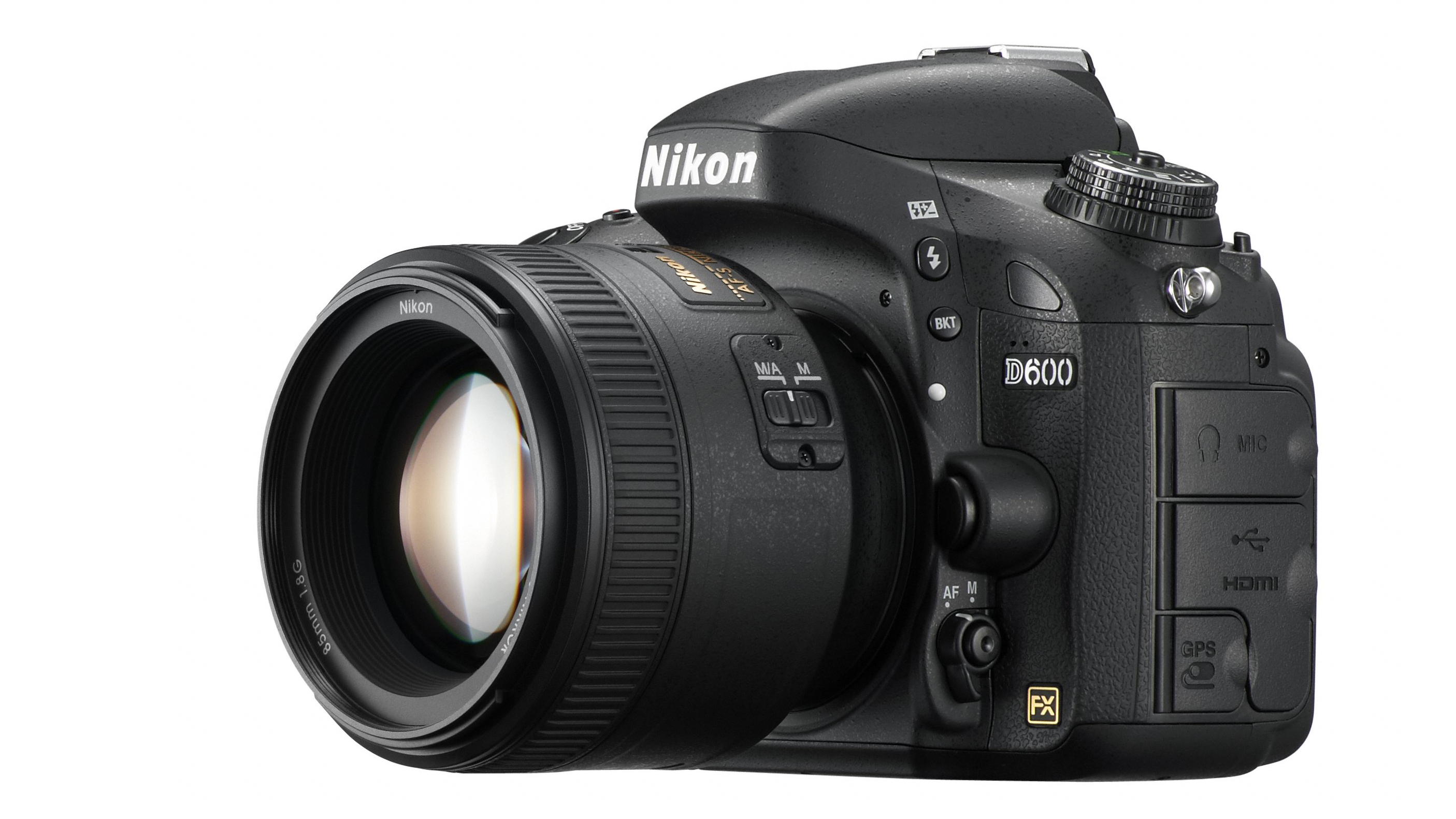TechRadar Verdict
Pros
- +
Compact and light
- +
Outstanding sensor performance
- +
User-friendly
Cons
- -
Autofocus sensor positioning
- -
No aperture adjustment in video mode
- -
Pricey
- -
Fixed LCD screen
Why you can trust TechRadar
Nikon has been rather busy over the past year, having already released the D4 and D800 in quick succession. But the company isn't taking a break just yet. The Nikon D600 aims to fill the gap between the hugely capable and professional Nikon D800 and the enthusiast-level Nikon D7000.
The D600 is Nikon's first 'accessible' full-frame DSLR. Its £1,955.99/$2,099.95 price tag comfortably undercuts the full price of the Nikon D800 or Canon EOS 5D Mark III, while the size and weight of the Nikon D600 are only a marginal increase over the cropped-sensor Nikon D7000.
But has Nikon cut any corners to produce its smallest and least expensive full-frame offering?
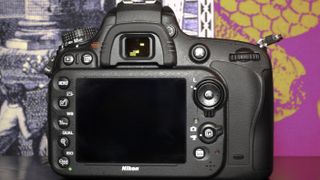
At the heart of the Nikon D600 is a new 24.3 million pixel, FX format CMOS sensor. It may seem quite a reduction from the 36.3MP chip in the Nikon D800, but it's still enough to outdo a Nikon D4 or Canon EOS 5D Mark III in terms of outright resolution.
Of course a good sensor needs to be backed up by a fast processor, and fortunately the Nikon D600 shares the same Expeed 3 engine as the Nikon D4 and Nikon D800.
In the Nikon D600 it's capable of a 5.5fps continuous shooting rate, making it slightly faster than the Nikon D800's 4fps (thanks mostly to the Nikon D600 needing to shift fewer pixels).
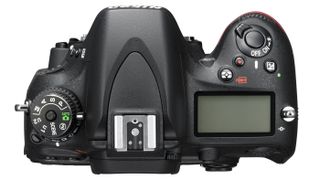
Sensitivity settings range from standard settings of 100-6400, but can be extended down to ISO 50 or as high as ISO 25,600 for shooting in minimal light, albeit with a hefty increase in image noise.
Autofocus is taken care of by a slightly revamped version of the Multi-CAM 4800 system in the Nikon D7000. As before, this has 39 AF points, of which nine are the more accurate cross-type. What's more, the central seven focus points will function at apertures as small as f/8, meaning users of teleconverters can still retain autofocus capability.
The Nikon D600 also makes use of the Nikon D7000's 2,016-pixel RGB TTL exposure metering sensor, rather than the Nikon D800's superior 91,000-pixel meter.
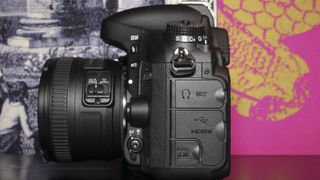
Time-lapse shooting mode is another feature that appears from the Nikon D800. Its basic functionality is similar to more common built-in intervalometers, but Nikon has taken things a stage further by saving recorded image sequences straight into a Full HD video file.
With this function demanding many shutter actuations, it's good to see the shutter in the Nikon D600 is rated for 150,000 cycles.
These days a good DSLR must also have decent video capture capabilities. The Nikon D600 is similarly specified to the Nikon D800 in this department, with uncompressed recording available when tethered via HDMI, as well as headphone and external microphone sockets for audio. The only major omission of the Nikon D600 compared to the Nikon D800 is its inability to control lens aperture during recording.
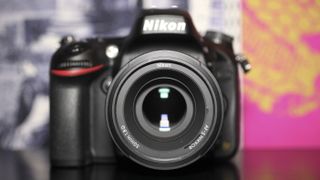
Data storage is left to dual SD card slots, so there's no need to carry multiple card formats. Although the Nikon D4's compatibility with the XQD card design improves recording speed, the rarity and extra cost of the new format compared to SD would have made it less appealing to the Nikon D600's target market.
Common to the Nikon D600 and its direct siblings is Nikon's EN-EL15 1900mAh Li-ion battery, which in the Nikon D600 has a rated CIPA-standard life of 900 shots per charge.
That's comfortably enough charge for a day's hard shooting, especially if you avoid using the built-in flash.

Humans as hardware - no, not the name of a new Matrix movie prequel but a shocking idea about human tissue
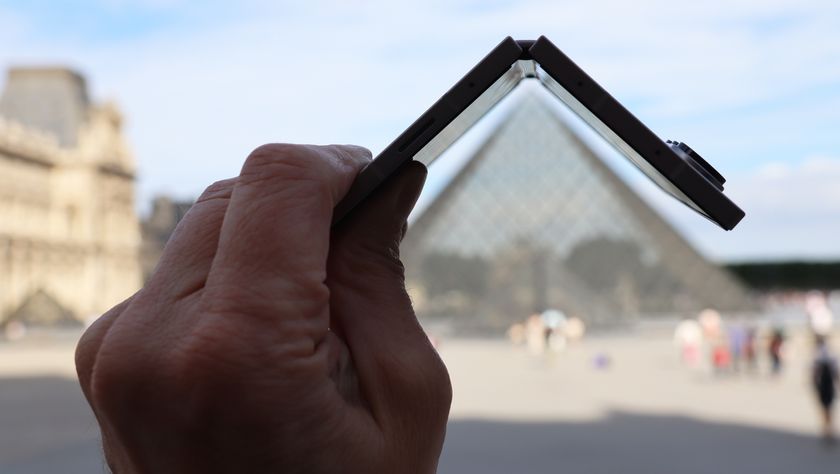
Foldable phone sales are tipped to fall this year – and Apple is the only brand that could turn things around
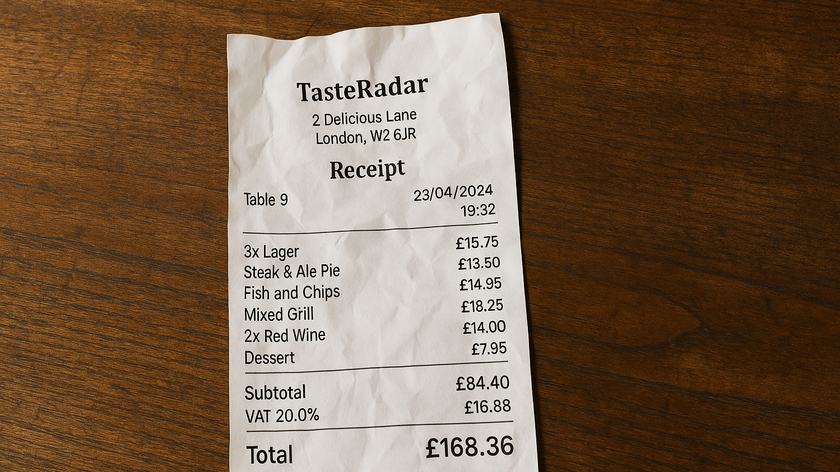
ChatGPT is now really good at faking receipts – and OpenAI says that could be a good thing
